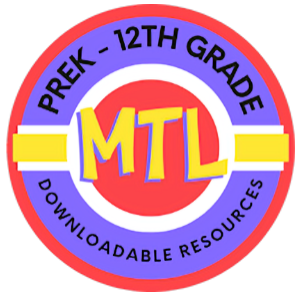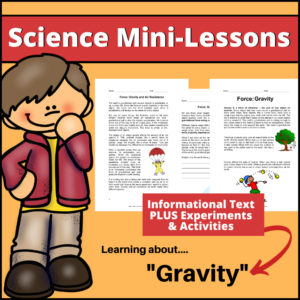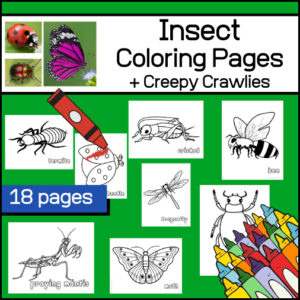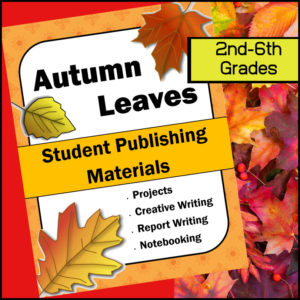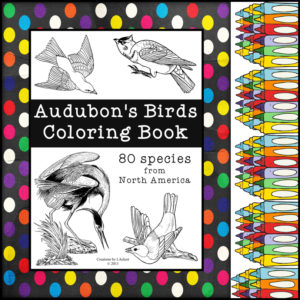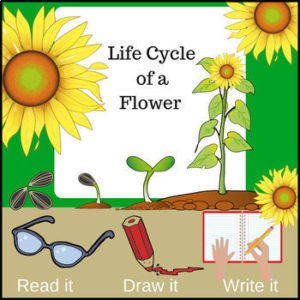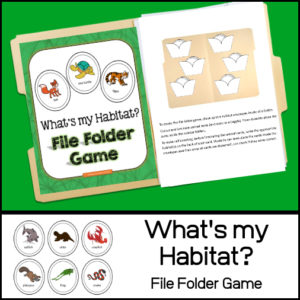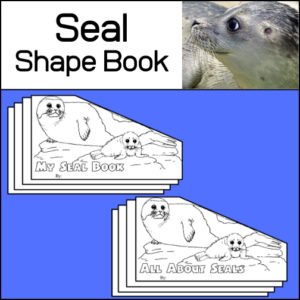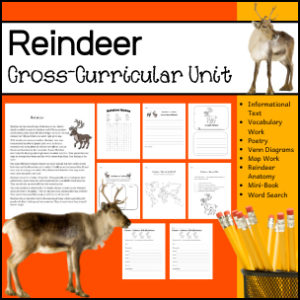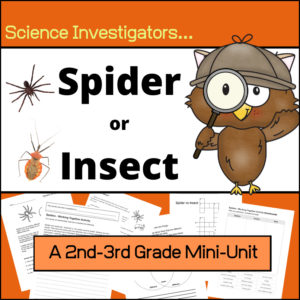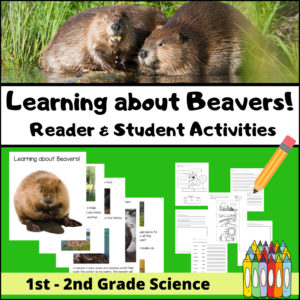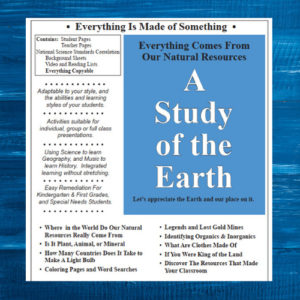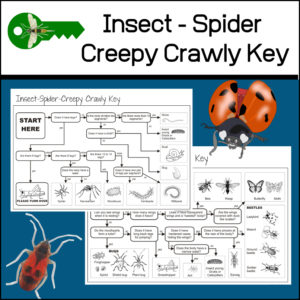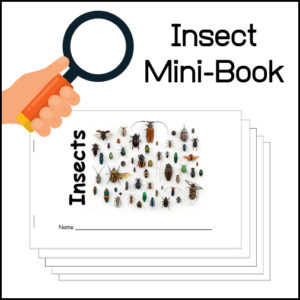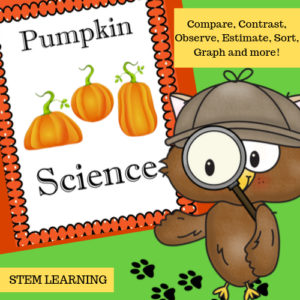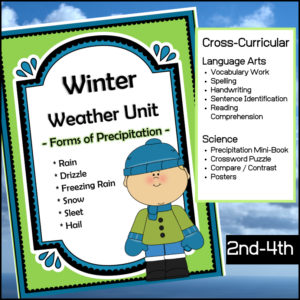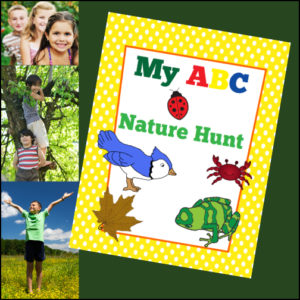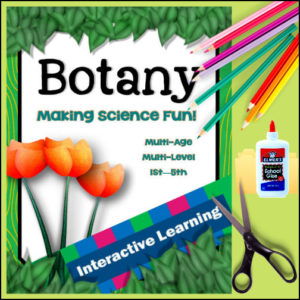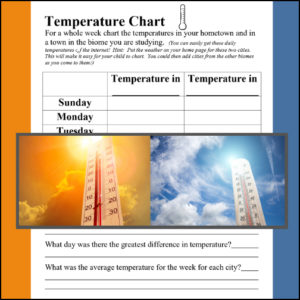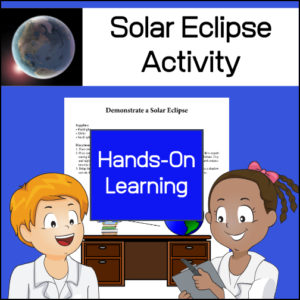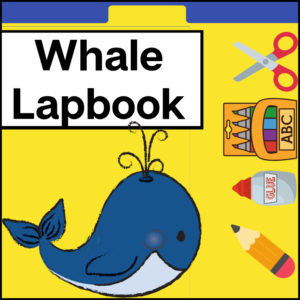Showing 41–60 of 97 results
-
$2.50Buy Now
Studying ‘The force of Gravity‘ in your classroom? This Mini-Lessons resource has been designed to help students gain a greater understanding as well as to help them retain the information they are learning!
-
$2.50Buy Now
This resource is a print and go resource offering 18 coloring pages of insects plus a couple creepy crawlies! Each page has a large picture to color and the name of the ‘bug’ in font that are also ready to color.
-
$5.00Buy NowThis resource is filled with pages that can be used across the curriculum (Language Arts and Science) as students complete creative writing assignments, notebooking reports, science inquiries and more!
Includes:* Suggested links to learn about leaves* Over 20 pages for students to publisher their work. Whether you assign poetry, an Autumn story, a Fall or holiday related research paper…Students will love to publish their work on these pages!* Leaf identification card templates for students to complete plus 2 worksheets for students to label the parts of a leaf* Many pages of leaf clip art that can be used within a project or simply to color. -
$4.99Buy Now
Studying birds? Ornithology? Perhaps you are simply looking for coloring pages of beautiful birds? Here is a resource that would be a good addition to your classroom. Some of the birds included: American Kestrel, Nighthawk, Mourning Dove, Barn Swallow, White-breasted Nuthatch, Blue Jay, Cardinal, Baltimore Oriole and many, many more!
*** 80 coloring pages, each with a different North American species! ***
Each page features a large b/w illustration of one bird and the type of bird that is displayed.
-
$2.00Buy Now
This cross-curricular (Science / Literacy – Writing ) product will have students creating their very own mini-books detailing the life cycle of a flower!
Knowledge students will learn: Students will learn what flowers (plants) need to live and grow (soil, water, sun, air) and how a planted seed becomes a sprout, then a seedling and then a beautiful flower.
Students will:— read the text — draw a picture — write (copy) the written text
-
$4.00Buy Now
Students love learning through interactive, hands-on games! This Science resource will help your students learn to identify and classify animals based on the habitat in which they live! Includes 8 habitats and 72 animal cards.
-
$1.50Buy Now
Seals are found along most coasts and cold waters, but a majority of them live in the Arctic and Antarctic waters. Harbor, ringed, ribbon, spotted and bearded seals, as well as northern fur seals and Steller sea lions live in the Arctic region. Whether you are studying these wonderful animals or just want to add a quick side lesson, here is a Seal Shape Book that students can use to self-publish their created stories, reports and poems! Templates have differing line heights to accommodate a variety of grade levels.
-
$3.00Buy Now
Engaging, cross-curricular unit all about reindeer!
Includes:
- – Informational Text and worksheet (true/false)
- – Vocabulary work
- – Acrostic poetry
- – Venn diagrams
- – Map work
- – Reindeer anatomy
- – Mini-Book creation
- – Word Search
- – Informational Text and worksheet (true/false)
-
$3.00Buy Now
Spiders vs Insects – Science Investigator Mini-Unit has been designed to teach 2nd & 3rd grade students about the differences between these creepy crawlies!
This resource includes 2 levels of informational text (for differentiation) – reading comprehension questions for both, a couple drawing and labeling activities, a Venn diagram (compare and contrast), a crossword puzzle, a cooperative group (or partnership) activity and a short opinion essay question. Answer Keys are provided.
-
$3.00Buy Now
This 1st – 2nd Grade cross-curricular resource (Science, Language Arts, Art) is all about beavers and includes a READER and corresponding STUDENT ACTIVITIES! Students will learn about the beaver’s habitat, diet and how their own bodies help them survive! The reader is provided in both color and b/w.
-
FREEBuy Now
This free curriculum resource is from the Minerals Education Coalition.
-
$2.00Buy Now
Help your students learn about insects with their very own 12 page mini-book! This is a perfect tool to use as a study aid as it includes important facts about insects such as…the four things all insects must have: 3 body parts, 2 antennae, 6 jointed legs and an exoskeleton. This little book will also give examples of creepy crawlies that are not insects, how some insects have 1 or 2 pair of wings, how some are helpful and some are harmful. At the very end of the book, students are asked to draw their favorite insect.
-
$3.00Buy NowPumpkin Science has several fun, hands-on activities that ask students to compare, contrast, observe, estimate, count, sort, investigate, graph and much more…Students can even create a Pumpkin Science Journal or use pages as notebooking pages.See more about this product in the description below.
-
$4.00Buy Now
Your students will enjoy this cross-curricular resource, Winter Weather Unit – Forms of Precipitation, as they learn about about the different forms of precipitation and related vocabulary! Students will be engaged in vocabulary work, spelling, handwriting, sentence identification, comparing / contrasting and more.
-
$3.00Buy Now
Here is a FUN nature hunt that can be used by an individual student, a group of students or an entire family!
-
$10.00Buy Now
Give students an engaging way to learn about plants with this interactive, project based resource. Designed to be used for multiple ages and grades, 2nd-6th grades, students will learn about plants:
- – classification
- – photosynthesis
- – the plant cell
- – parts of the plant
- – things plants need to grow
- – the life cycle of a plant
- – plant leaves
- – different types of plants (non-flowering, carnivorous, poisonous)
-
$1.00Buy Now
Students learn best through hands-on learning. This solar eclipse activity has been designed to help students visualize a solar eclipse through using common objects to actually demonstrate one!
-
$3.00Buy Now
Studying marine animals? Whales perhaps? If so, your students will love the student-centered, hands-on, cross-curricular project! During this project on whales, your students will learn about about these majestic creations of the oceans. Students will read and research, report and create…and have FUN all at the same time.
Some questions they will answer: What do whales eat? How do they eat? What are the different types of whales? Do whales have calls? What type of threats are there to their survival?
